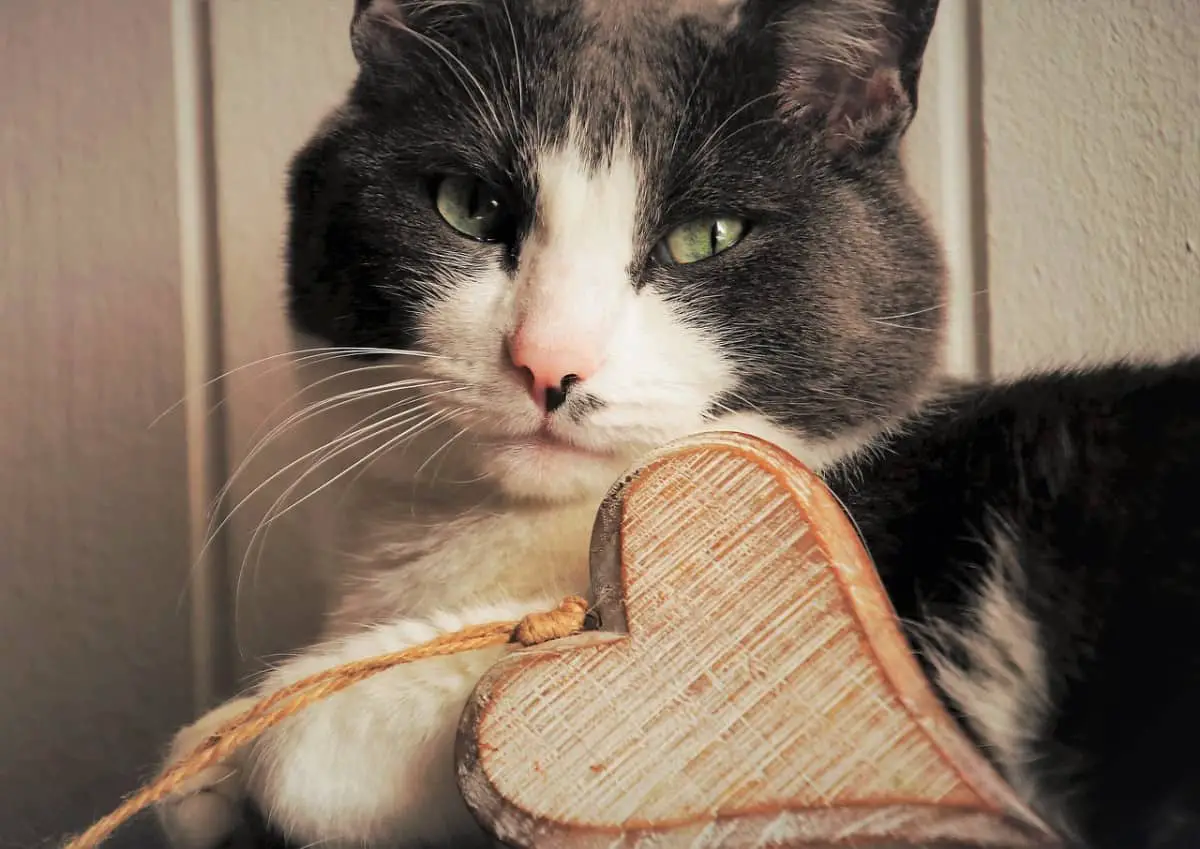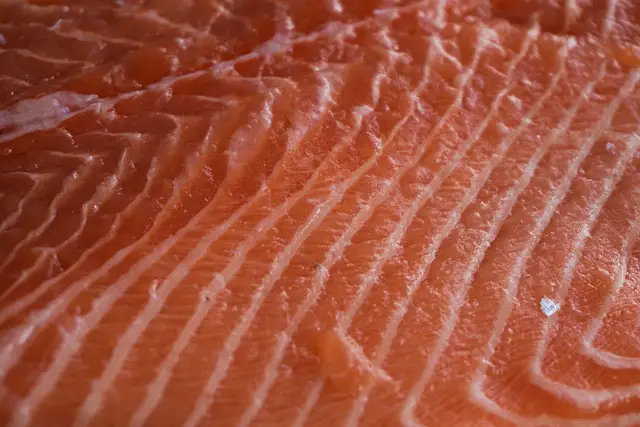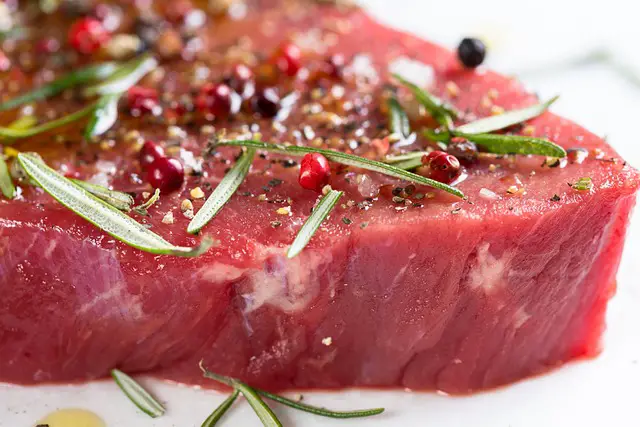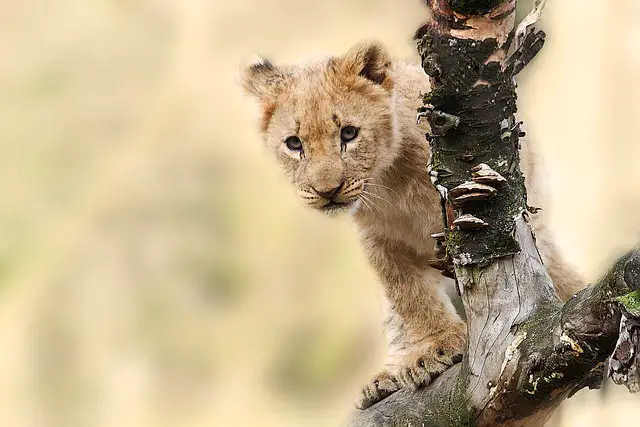Many cat owners have experienced the strange behavior of their feline friends putting their paws on their mouth. It can be a confusing and uncomfortable experience for some, but it’s essential to understand that this behavior is not necessarily a sign of aggression or dominance. In fact, there are several reasons why a cat may do this.
One reason why a cat may put their paw on their owner’s mouth is to get their attention.
Cats are known for their independent nature, but they also crave attention and affection from their owners.
By placing their paw on their owner’s mouth, they may be trying to communicate that they want to play, be petted, or spend time with their owner.
This behavior is often accompanied by purring or other signs of contentment, indicating that the cat is happy and relaxed.
Reasons Why Your Cat Might Be Touching Your Mouth
Seeking Attention
Cats are known for their love of attention, and one reason why your cat might be touching your mouth is to get your attention. Cats are intuitive and can sense when their owners are not giving them enough attention. Your cat is trying to get you to pay attention to her by touching your mouth.
Marking Territory
Cats are territorial animals that use scent marking to mark their territory. By touching your mouth, your cat might be trying to mark you as her territory.
Cats have scent glands on their paws, and by touching your mouth, your cat leaves her scent on you.
Expressing Affection
Cats show their affection in different ways; one way they do this is by touching their owners. By touching your mouth, your cat might be showing you affection.
Cats also like to groom their owners, and by touching your mouth, your cat might be trying to groom you.
In summary, there are several reasons why your cat might be touching your mouth. Your cat might seek attention, mark her territory, or express affection.
By understanding why your cat is doing this, you can better understand your cat’s behavior and strengthen your bond with her.
What to Do When Your Cat Touches Your Mouth
If your cat is touching your mouth, there are a few things you can do to discourage this behavior.
Positive Reinforcement
Positive reinforcement is a great way to encourage your cat to engage in behaviors that you like. When your cat sits calmly beside you, please give her a treat or a toy to play with. This will help her associate good behavior with positive rewards.
Redirecting Behavior
If your cat continues to touch your mouth, it may be helpful to redirect her behavior. You can do this by gently pushing her paw away and offering her a toy or a treat to play with instead. This will help her learn that touching your mouth is inappropriate.
It’s important to remember that cats are creatures of habit, and it may take some time for your cat to learn new behaviors. Consistency and patience are key when it comes to training your cat.
Overall, it’s important to remember that cats are individuals, and what works for one cat may not work for another. If you’re having trouble with your cat’s behavior, it may be helpful to consult with a veterinarian or a professional cat behaviorist for advice.
When to Seek Professional Help
If your cat’s pawing behavior becomes excessive or aggressive, it may be time to seek professional help. Here are some situations where you should consider consulting with a veterinarian or a cat behaviorist:
Excessive Pawing
If your cat’s pawing becomes too frequent, intense, or disruptive, it may indicate an underlying medical or behavioral issue. Some possible causes of excessive pawing include:
- Pain or discomfort: Cats may paw at their owners to signal that they are in pain or discomfort, primarily if the pawing is directed towards a specific area of the body, such as the face or chest. If your cat has a history of health problems or shows other signs of pain, such as limping, vocalizing, or avoiding certain activities, you should take them to the vet for a check-up.
- Attention-seeking: Cats may also paw at their owners to get attention or affection. While some pawing is normal and harmless, excessive pawing may indicate that your cat feels neglected or anxious. If you suspect your cat is pawing for attention, try to provide more playtime, cuddles, or interactive toys to keep them entertained and stimulated.
- Anxiety or stress: Cats may also paw at their owners as a coping mechanism for anxiety or stress. If your cat is pawing more than usual, especially in response to specific triggers, such as loud noises, visitors, or changes in routine, they may be experiencing anxiety. In this case, you should consult with a cat behaviorist to help identify the root cause of the anxiety and develop a treatment plan.
Aggressive Behaviour
If your cat’s pawing becomes aggressive or painful, it may risk your safety and well-being. Some signs of aggressive pawing include:
- Scratching or biting: If your cat’s pawing involves scratching or biting, it may indicate that they are feeling threatened or defensive. Various factors, such as territorial disputes, fear, or frustration, may trigger this type of behavior. If your cat shows signs of aggression, you should consult a behaviorist to help you manage the behavior and prevent injury.
- Vocalizing or growling: Cats may also vocalize or growl while pawing to signal aggression. This behavior may be accompanied by other signs of aggression, such as flattened ears, dilated pupils, or raised fur. If your cat shows signs of aggression, you should avoid physical contact and seek professional help immediately.
In summary, if your cat’s pawing behavior becomes excessive or aggressive, it may be time to seek professional help. By consulting with a veterinarian or a cat behaviorist, you can identify the underlying causes of the behavior and develop a plan to manage it effectively.
Understanding Cat Behaviour
Communicating with Humans
Cats are known to be independent creatures, but they still require human interaction and attention. They communicate with humans in various ways, such as meowing, purring, and body language. Understanding these forms of communication can help cat owners build a stronger bond with their feline friends.
Meowing is a common way for cats to communicate with humans, and it can mean different things depending on the tone and pitch. For example, a high-pitched meow may indicate excitement or a greeting, while a low-pitched meow may indicate hunger or discomfort.
Purring is another form of communication that cats use to show contentment and relaxation. It can also indicate pain or discomfort in some cases.
Body language is a crucial aspect of cat communication. Cats use their tails, ears, and posture to convey emotions and intentions. For example, a cat with its tail up and ears forward is likely feeling happy and alert, while a cat with its tail down and ears back may feel fearful or defensive.
Paw Usage in Cats
Cats use their paws for many purposes, such as grooming, hunting, and playing. They also use their paws to communicate with humans and other cats.
One typical behavior cats exhibit is placing paws on their owner’s mouth. This behavior can have various meanings, such as seeking attention, showing affection, or trying to silence their owner.
Cats also use their paws to knead, which is a behavior that involves pushing in and out with their front paws. This behavior is often associated with contentment and relaxation.
In conclusion, understanding cat behavior is essential for building a strong bond with your feline friend. Cat owners can better understand their cat’s needs and emotions by paying attention to their communication cues and paw usage.
[su_box title=”Affiliate Disclosure”]This website is supported by its readers. Please assume that all links are affiliate links. If you make a purchase from one of the links we will make a commission from Amazon. Thank you.[/su_box]




